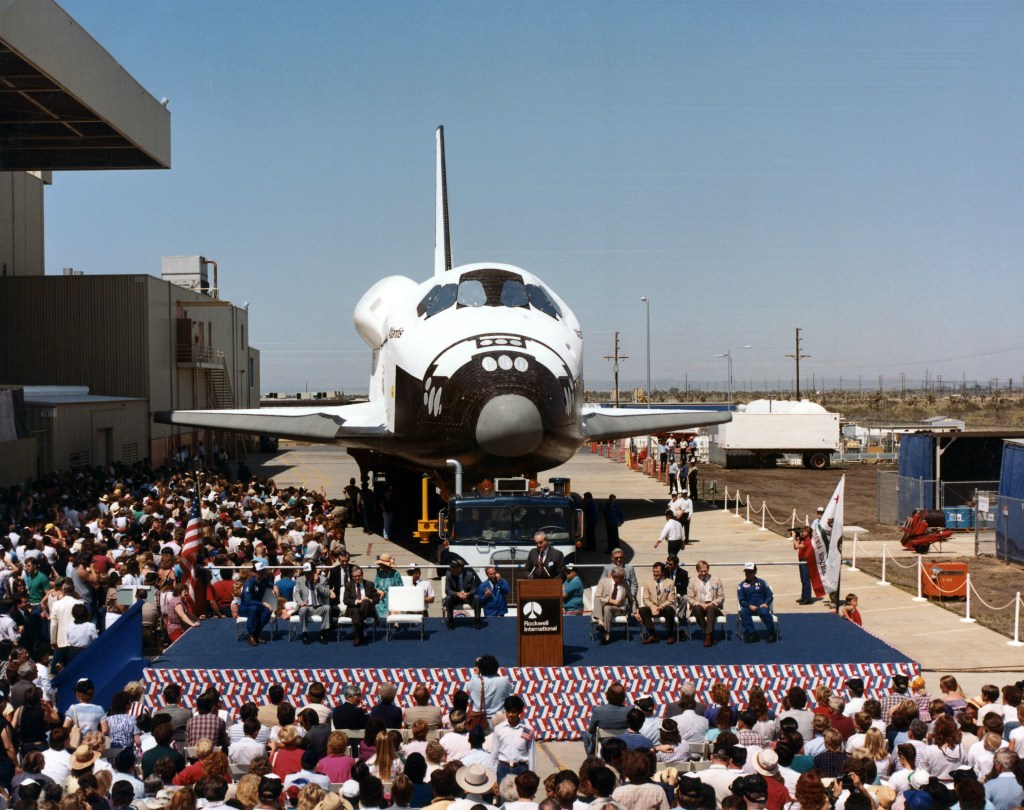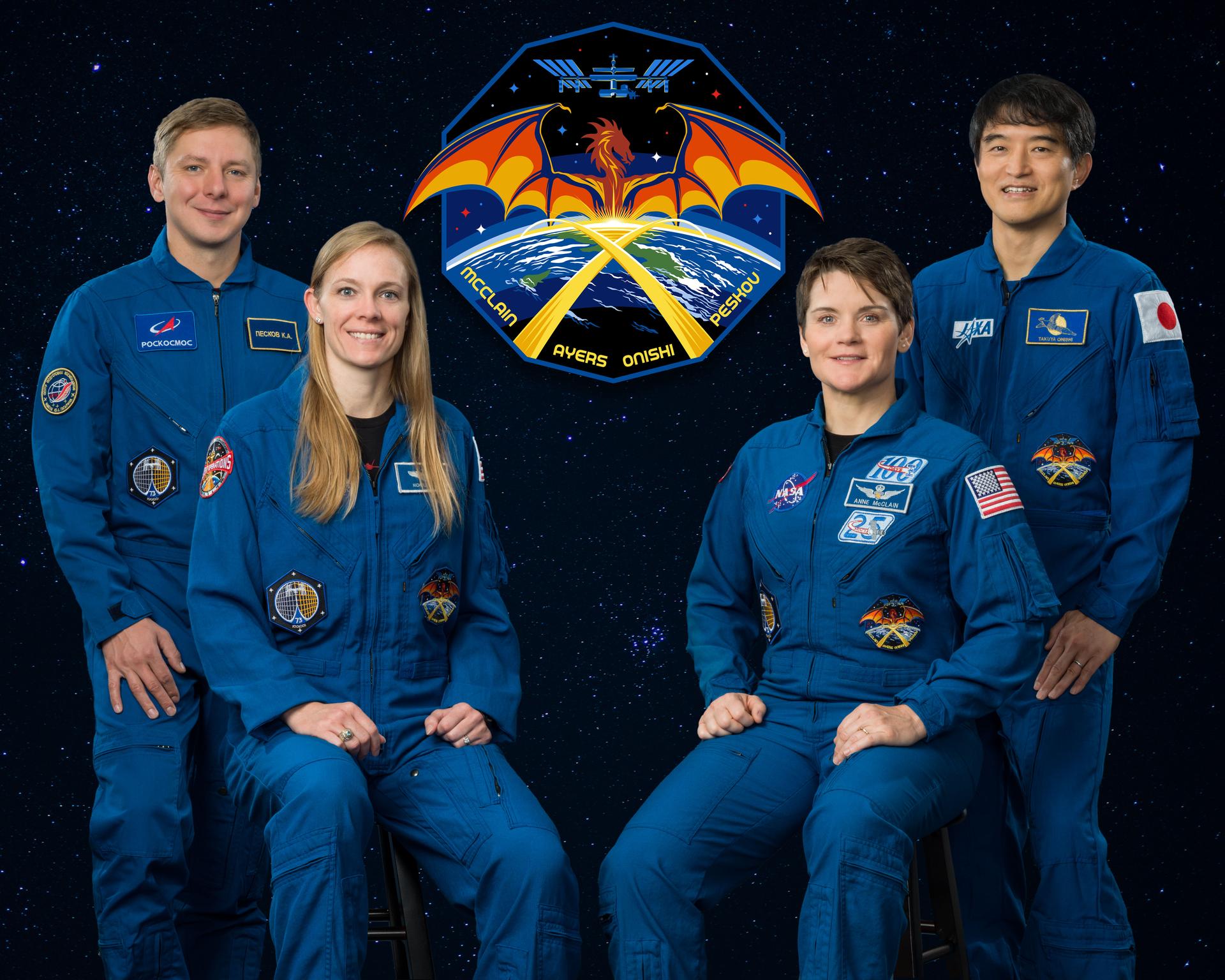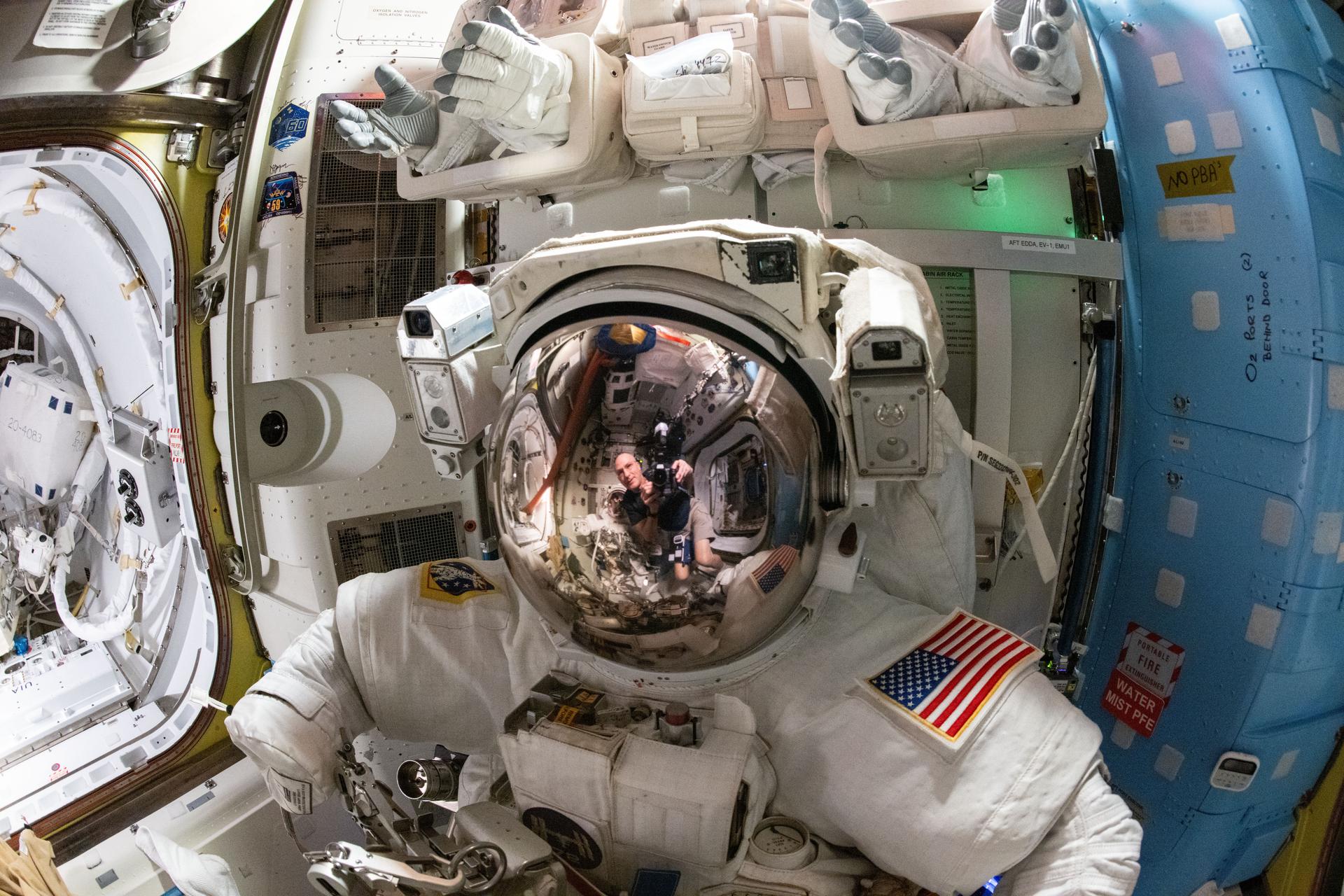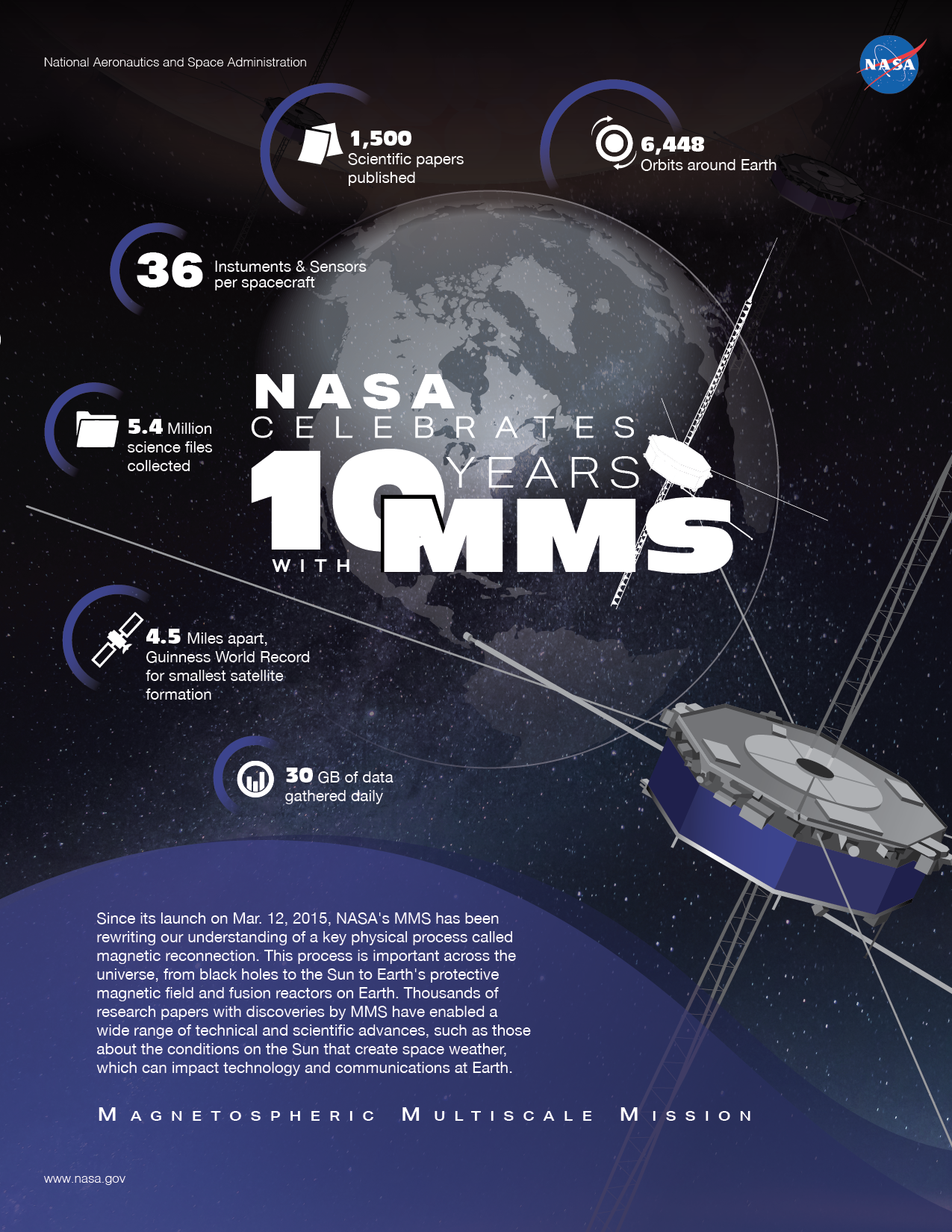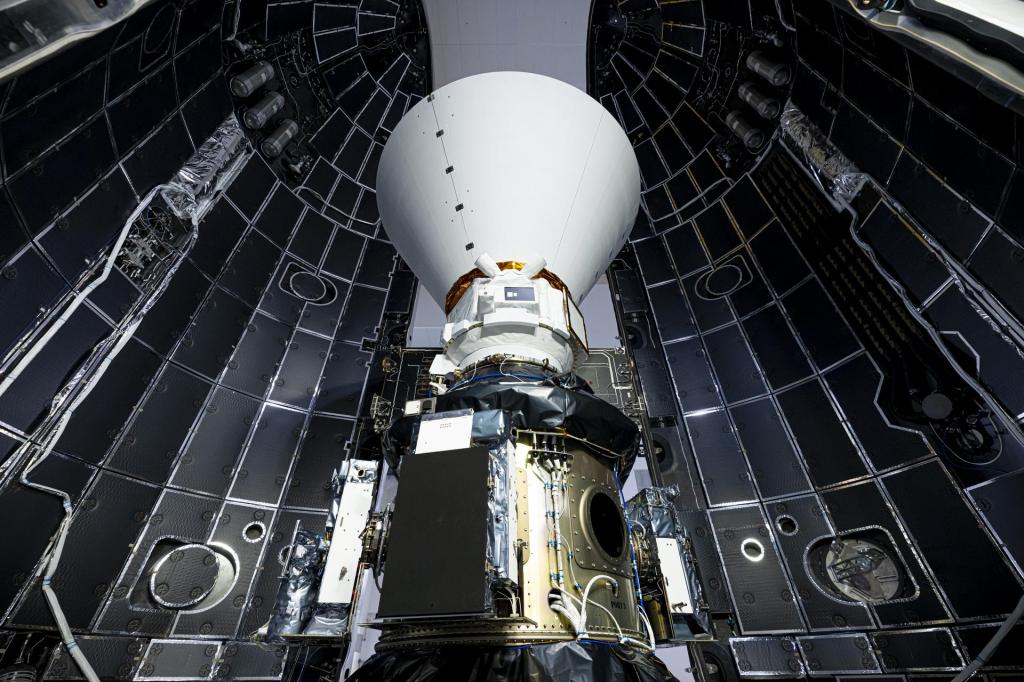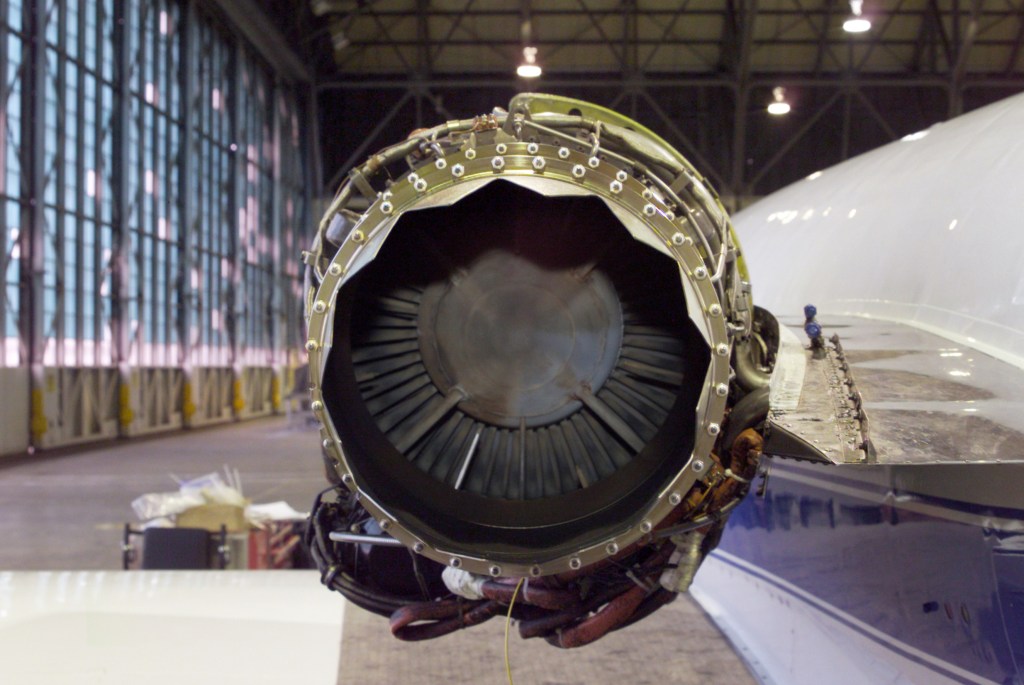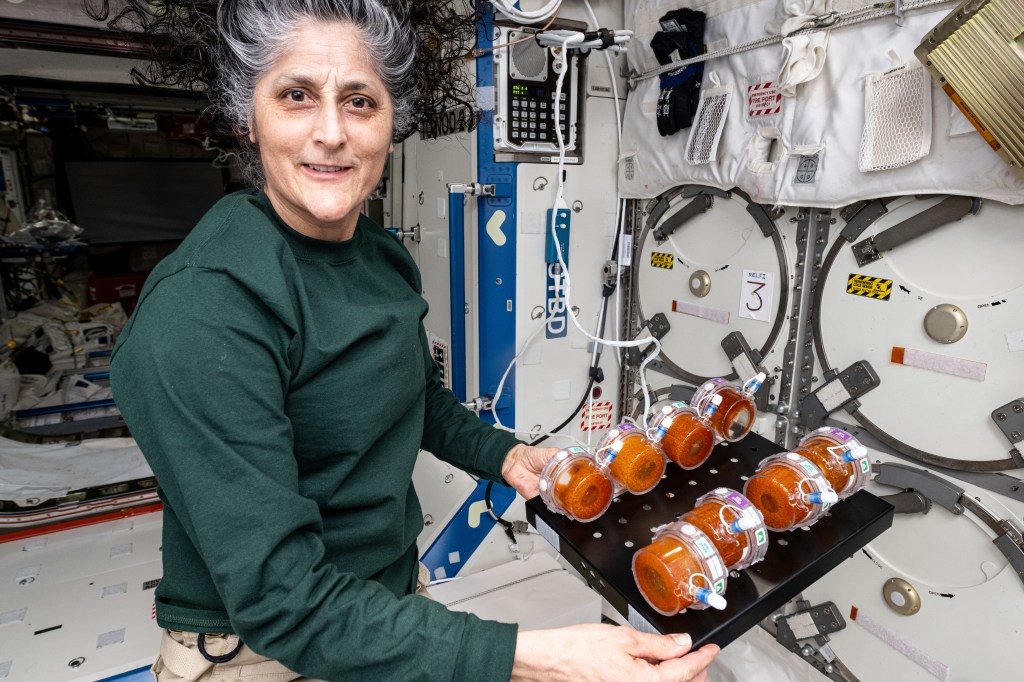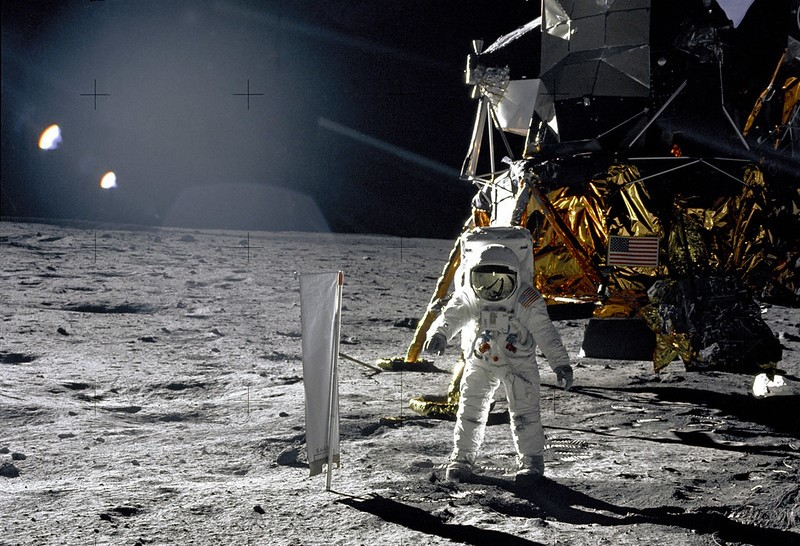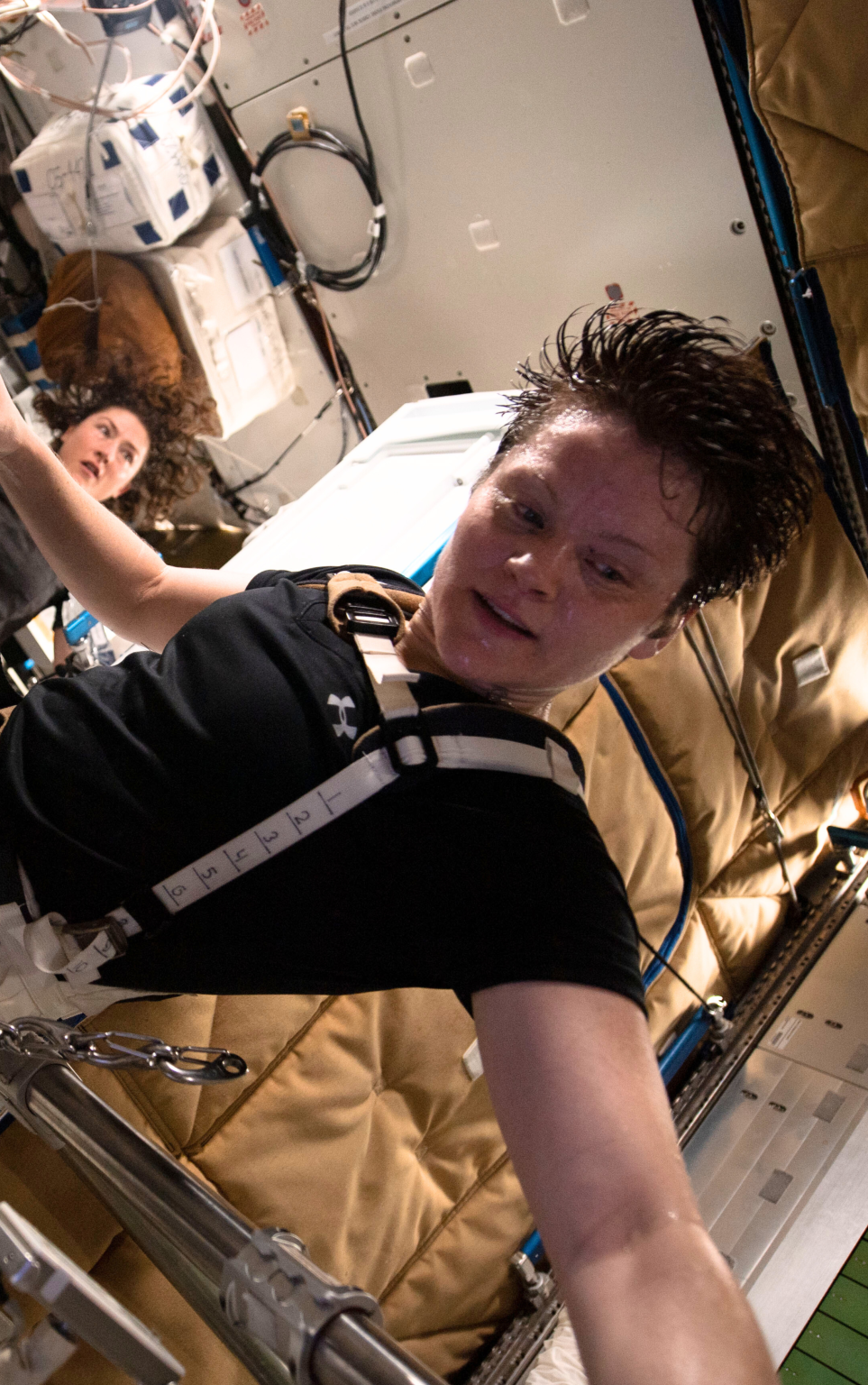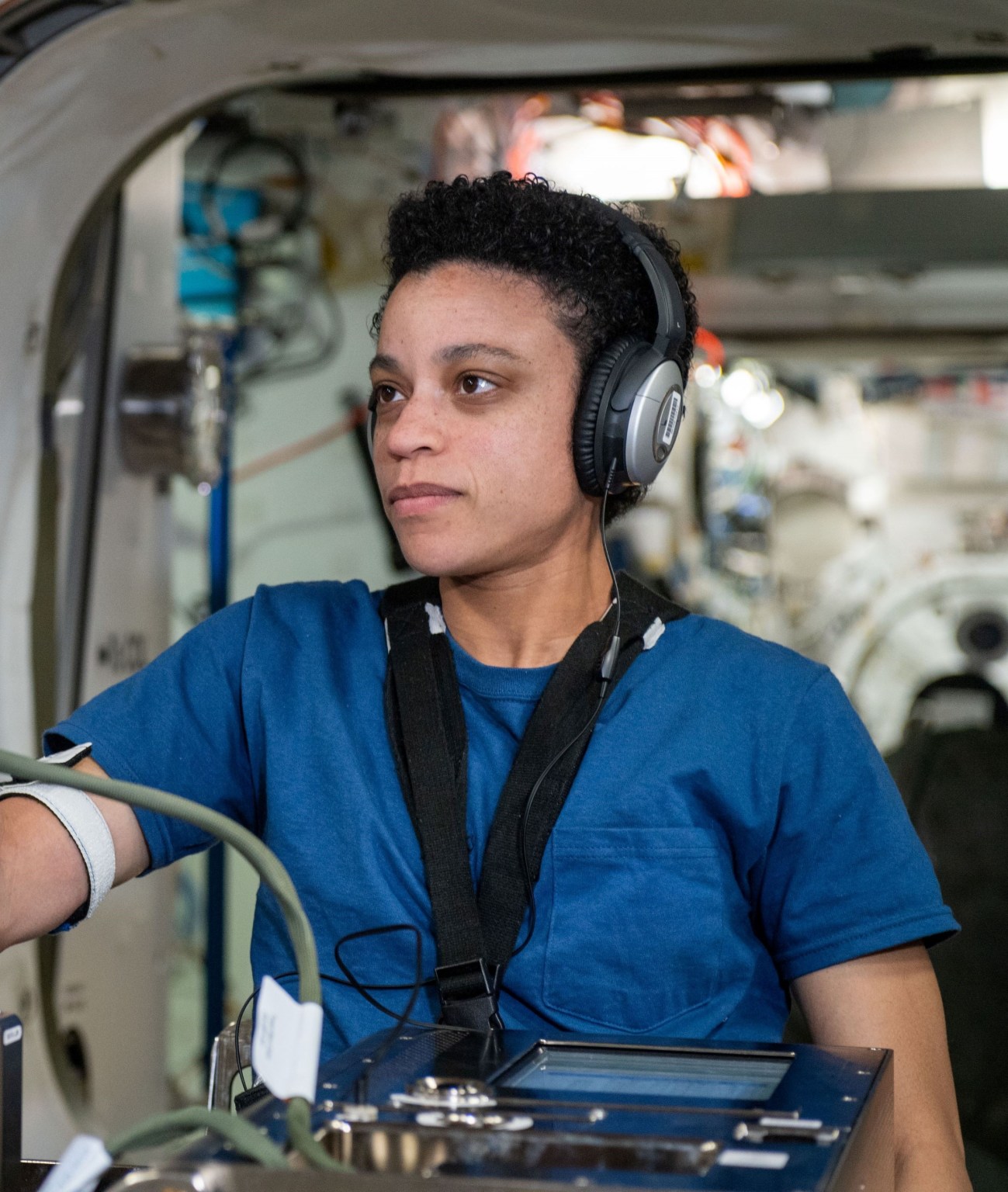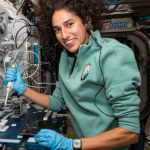Introduction to the Long-Duration Lunar Orbit and Lunar Surface (LDLOLS) Model
What is the purpose of the LDLOLS model?
ExMC’s LDLOLS model represents a medical system foundation that provides a set of information for a Gateway-like mission of 9 months (6 months in Lunar Orbit, 3 months on the Lunar Surface). It includes of a Concept of Operations (ConOps), an Accepted Medical Condition List (AMCL), and a system model which includes medical requirements. The model is labeled as a “foundation” because it is intended to be a starting point for missions with similar profiles. We expect someone will be able to take this foundation and tailor it for their own use by customizing the ConOps, changing some of the AMCL, or modifying other technical requirements to suit a particular mission profile.
How do I view the LDLOLS model?
To access the LDLOLS model, click on the link below. Some content (such as tables) may take a few seconds to load because of the amount of information being displayed.
Medical System Foundation for Level of Care IV: Long-Duration Lunar Orbit and Lunar Surface
What resources can guide me through this model?

Medical System Foundation: Overview
This video provides a high-level overview of the purpose of the Medical System Foundation and its content.

Medical System Foundation: Navigation
This video walks you through how to navigate the content within the Medical System Foundation Model.

Medical System Foundation: Scenarios and Functions
This video explains how to navigate scenarios and functions within the Medical System Foundation Model. It also explains the purpose of the model's scenarios and functions.

Medical System Foundation: Requirements and Equipment
This video explains how to navigate requirements and equipment content within the Medical System Foundation Model. It also explains how we derived this content.

Medical System Foundation: Medical Conditions and Traces
This video provides an overview of the clinical content within the Medical System Foundation model, as well as how this content was developed, the traces, and how to navigate this content.
Below are descriptions of terms that may help you understand content in the LDLOLS Medical System Foundation:
- Concept of Operations (ConOps): The vision for the system, including needs, goals, and objectives, as well as some representative scenarios that show how the system is intended to function.
- Accepted Medical Condition List (AMCL): A product designed to provide a traceable, repeatable, evidence-bases consensus process for scoping the medical capability needs for future design reference missions (DRMs) and upcoming programs.
- System Model with Requirements and Traces: A model that contains the functional requirements for that medical system, and the traces of those requirements to higher-level system or vehicle requirements and to NASA standards (such as NASA Standards 3001). NASA Standard 3001 Vol. 1 Rev. B and Vol. 2 Rev. C were the versions of these documents used to define higher-level requirements.
What was the process for generating the content in the LDLOLS model?
Our systems engineering team followed integration approaches that are documented in the NASA Systems Engineering Handbook, NASA Systems Engineering Processes and Requirements, and the Human Systems Integration Practitioner’s Guide. We work directly with subject matter experts, such as health care providers, to generate the content. All content was reviewed and approved by our ExMC Control Board.
Our systems engineering team has authored several papers and given several presentations outlining our approach:
- Systems Engineering for Space Exploration Medical Capabilities.
(Mindock, J., et. al. 2017, in AIAA SPACE and Astronautics Forum and Exposition.) - Using a Model-Based Systems Engineering Approach for Exploration Medical System Development
(Hanson, A., et al., 2017, in 68th International Astronautical Congress) - A model-based systems engineering approach to exploration medical system development.
(Hanson, A., et al. 2019, in 2019 IEEE Aerospace Conference.) - Enabling space exploration medical system development using a tool ecosystem.
(Amador, J. R., et al. 2020, in 2020 IEEE Aerospace Conference.) - Presenting Model-Based Systems Engineering Information to Non-Modelers.
(Cohen, J. R., et al. 2021, in 2021 IEEE Aerospace Conference.) - Using MBSE on a working project.
(McGuire, K. & Cohen, J., 2020, NASA Engineering and Safety Center Academy Lecture Series.) - A model-based systems engineering journey to developing a concept of operations (ConOps).
(Cohen, J., et al. 2022, in 2022 IEEE Aerospace Conference.)
For questions, please contact Dr. Ben Easter at benjamin.easter@nasa.gov.
______
Disclaimer of Liability: With respect to materials (documents, photographs, charts, audio recordings, video recordings, tools, products, or services) on or available through download from this website, neither the U.S. Government, NASA, nor any of its employees or contractors make any representations or warranties, express, implied, or statutory, as to the validity, accuracy, completeness, or fitness for a particular purpose; nor assume any liability resulting from the use of such materials and shall in no way be liable for any costs, expenses, claims, or demands arising out of the use of such materials.
Disclaimer of Endorsement: Neither the U.S. Government nor NASA endorse or recommend any commercial products, processes, or services. Reference to or appearance of any specific commercial products, processes, or services by trade name, trademark, manufacturer, or otherwise, in NASA materials does not constitute or imply its endorsement, recommendation, or favoring by the U.S. Government or NASA. The views and opinions of authors expressed on NASA Web sites or in materials available through download from this site do not necessarily state or reflect those of the U.S. Government or NASA, and they may not be used for advertising or product endorsement purposes.


